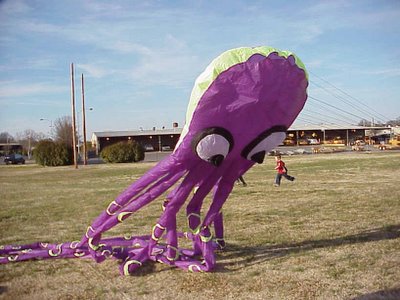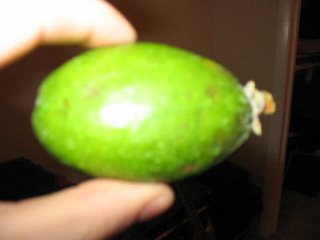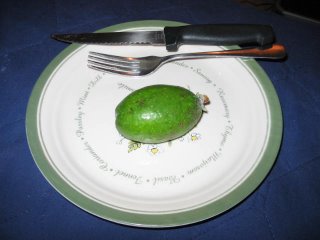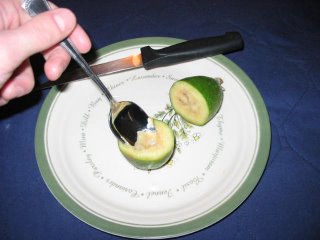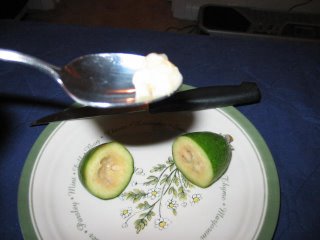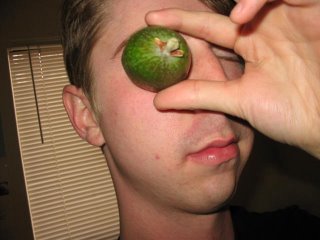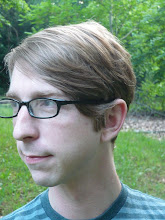(letter to L___)
is an act of reading
as much as one of writing
or more
an act of deliberate attention
as much or more than of reading
an opening receptivity
sensing outward as much as
turning inward
more than, even
then when I say
that my attention
is a poem inscribed
directly onto your body
it sounds condescending
and maybe it is
but it's not a metaphor
not a picture of a flower
or the name of a flower
or the evocative aroma
of a flower
the idea of a flower opening
inside the idea of a flower
but an actual flower
a trembling
that describes nothing permanent
but an unfolding instant
of focused attention
you can be fully here today
and gone tomorrow
or you can have been gone
and arrive now
people do it all the time
but if a poem is a line
with a short visible length
and an infinite invisible length
then my attention
even when it turns toward
another opening opening
within another opening
unfolds you
opening and opening
like a looped tape
stuck key
car alarm
mobius strip
time-lasped flower
this might seem
an abstract consolation
and maybe it is
but if a poem is like a silence
(pure form of attention)
opening and opening inside itself
then if the silence creeps over me
think of it as a sort of gift
a package that opens and opens
never disclosing its contents
which don't matter anyway
because the poem
is in the opening
so if death
is a sort of extreme poetics
and silence a sort of death
we can open into
and out of at will
isn't this a tongueless bell
pealing soundlessly
and don't you open
and open in my hands
and even if the attention
is reciprocal
don't I sometimes
as the moon screams
through the blinds
manipulate you
like an origami swan
whispering
if this is a sort of violence
it's at least a reverent one
attentive and isn't it
less like control
and more like prayer?

